Do I need to trim my onions before planting and how do I do it?

Onions can be called one of the most useful and commonly used vegetables for food. It is on the tables of most residents almost every day. It is added to various dishes, salads, consumed fresh, fried, boiled. But in order to grow it, you need to make some effort. Although this vegetable is considered unpretentious, some manipulations in the form of pruning it will allow you to get a larger harvest. Many gardeners are still arguing about the advisability of such pruning, but, as practice has shown, this must be done. How to carry out the procedure correctly, about its necessity, as well as about subsequent processing, will be discussed in this article.
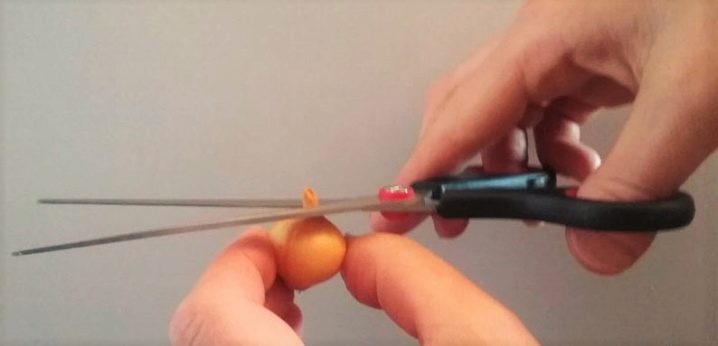
The need for pruning
There are different opinions about whether to trim the onions in the spring before planting, but, as it turned out, this procedure is desirable. Its behavior will allow the plant to develop better as a result of the fastest supply of oxygen after the top is removed.
Given that the onion has been dormant for a long time, when pruning it, forcing it will begin to occur faster. Thanks to this, the bulbs begin to sprout together, which subsequently leads to a good harvest. Removing the pruning obstruction will allow the stems to hatch more easily and faster.
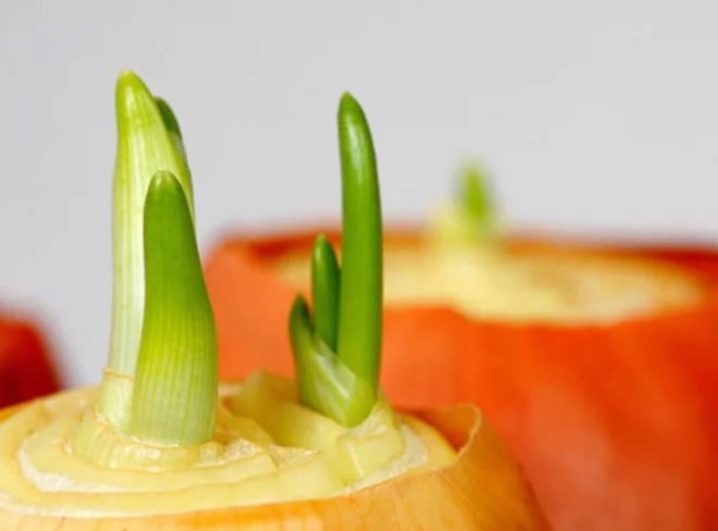
The benefits of pruning include a number of factors.
-
As a result, stem growth is accelerated. The presence of scales makes it difficult to pierce the onion feather. With circumcision, this process is accelerated. The beginning of the formation of heads directly depends on how early green shoots appear.
-
Acceleration of the growth of bulbs. After carrying out such manipulations, the onion heads grow smooth and even, without deformation and other defects.
-
Circumcision of culture has a positive effect on the shelf life of onions.
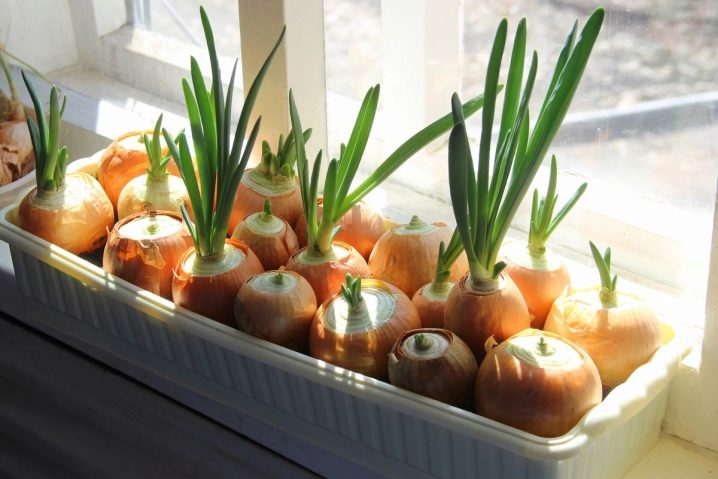
By cutting off the set, you can remove bad and spoiled specimens with traces of rot. This is extremely important, especially when bacterial infections occur.
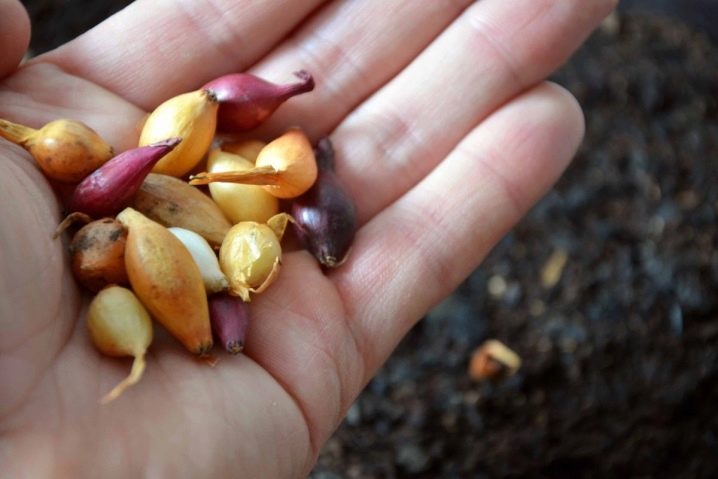
The procedure is performed immediately before planting the crop. If only the tail is trimmed, this can be done in advance.
How to cut correctly?
There are several ways to carry out the procedure:
-
If the bulbs are small, an incision is made up to the shoulders. This method is most often used, since it is the simplest.
-
For large bulbs, the top is cut by 1/3.
-
You can also divide the onion into 2 parts with a sharp knife. But, according to gardeners, this method is ineffective, as it leads to a decrease in yield.

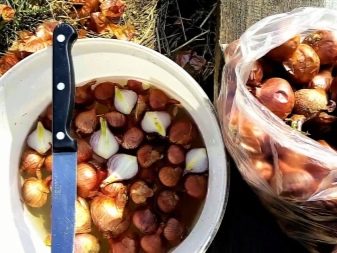
Pruning can vary based on planting goals.
If the culture is planted on a feather, you need to cut the head by 1/3. In this case, choose a larger set that can give the maximum amount of greenery. When pruning greens, they will come off quickly without any ragged ends.
When planting a culture on a turnip, only the tops are cut by 0.5 cm.The material is selected in small and medium sizes.
In the event that an onion is required, and not a feather, the material is examined, medium and small bulbs are selected. After that, the tail is cut off without affecting the head. Cutting to the shoulders, you can damage the seedling, while the rudiments of the feathers will be damaged, without which a high-quality culture will not grow. After that, the culture is disinfected, hardened and kept in a nutrient medium.

Winter varieties are prepared for planting in a different way. For this, the material is rejected and sorted by size. Winter sevok is planted a little denser than spring varieties.At the same time, neither the roots nor the tips are cut off. It is also not required to soak the culture and warm it up.
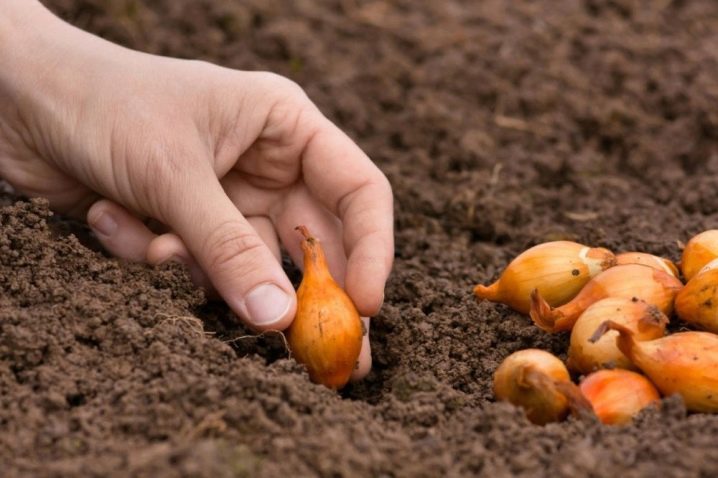
Most of the experts in their field advise, after carrying out the manipulations, to soak the planting material in water for 20-24 hours, then plant it in the ground.
When soaking in water, it is advisable to add one of the components in the form:
-
baking soda;
-
salt;
-
ammonia;
-
solution of potassium permanganate;
-
copper sulfate;
-
birch tar.

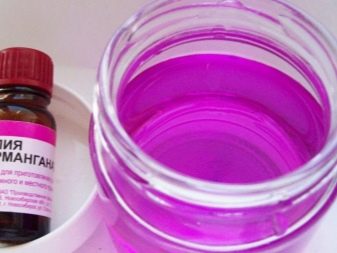
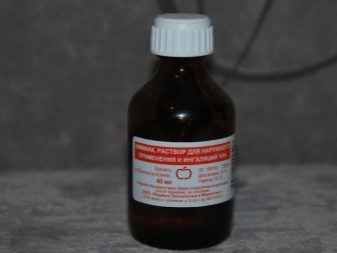
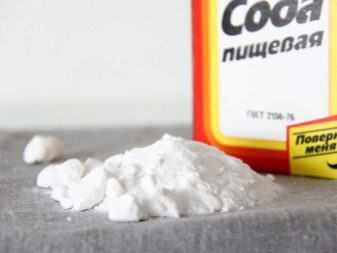
And also a good option would be to use ready-made growth stimulants that can be purchased at the store.
Before planting, you should make sure how well the soil has warmed up and what its moisture is. It is desirable that the distance between the rows is about 25 cm, and between the holes - up to 10 cm.The bulbs are lowered into the depth by 2-3 cm.
For beginners, it is better to trim planting material under the guidance of a person who is more experienced in this matter, otherwise there is a possibility of damaging the neck. Removing it will lead to a sharp decrease in growth. In this case, damage to the first feather occurs, it begins to grow unevenly, which further leads to rotting.
It is better to prune with pruning shears, or use a sharp knife for this. It is advisable to perform manipulations two days before planting in the ground.

According to most gardeners, soaking and pruning the bulbs in the future leads to a longer shelf life of the vegetable, an increase in keeping quality.
Having cut off the tops, the planting material is laid out for a day next to a warm battery. After that, soaking in fertilizer is performed for 10-12 hours. Immediately before planting, the bulbs are immersed in a solution of potassium permanganate for 10-15 minutes, then washed with water.

Heating the bulbs at temperatures up to 40 degrees helps to awaken the sleeping heads, reduces the likelihood of arrows and powdery mildew appearing in the future.
Post-processing
Subsequently, the bed requires full care, which consists in regular loosening of the soil, removing weeds, and watering. It should be remembered that 30-40 days before harvesting, you should not do the next watering, otherwise excessive moisture can lead to curbing the ripening of the bulbs, provoking their growth.
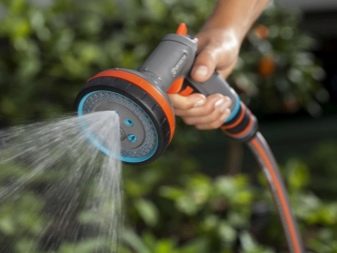
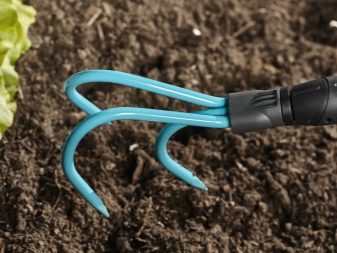
Planting garlic or carrots next to a bed will also increase the yield of the crop. The presence of these plants will scare off onion flies from green spaces. But in areas where garlic or carrots used to grow, onion sets should not be planted, otherwise the harvest here will turn out to be poor, the plants will hurt. If there is no other place, you can apply mineral fertilizers by doing this just before planting.
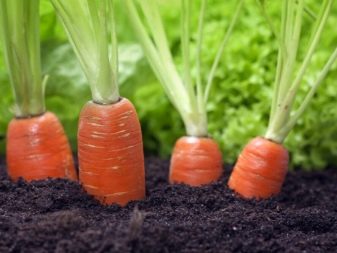
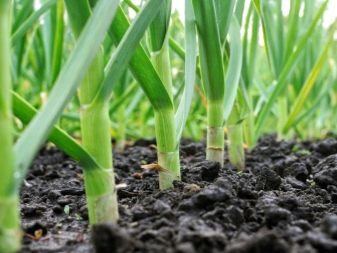
It is advisable to plant onions in areas where tomatoes and greens, as well as peas and pumpkin, grew before.
For this culture, areas of the garden are more suitable, which will be cleared of snow early, illuminated and well-ventilated places.
For the whole season, you need to feed the onions 2 or 3 times.
-
For the first time, feeding is carried out with a weak growth of leaves. To do this, use a mullein, spreading a glass of it in a bucket of water. When watering, they consume up to 3 liters of solution per 1 sq. meter.
-
After 14-16 days, a second feeding is carried out. To do this, dilute 2 tbsp in a bucket of water. spoons of nitroammophoska.
-
The last feeding is carried out during a period when the size of the bulbs will resemble a walnut. They are fed with a solution consisting of 2 tbsp. tablespoons of superphosphate, diluted in a bucket of water.
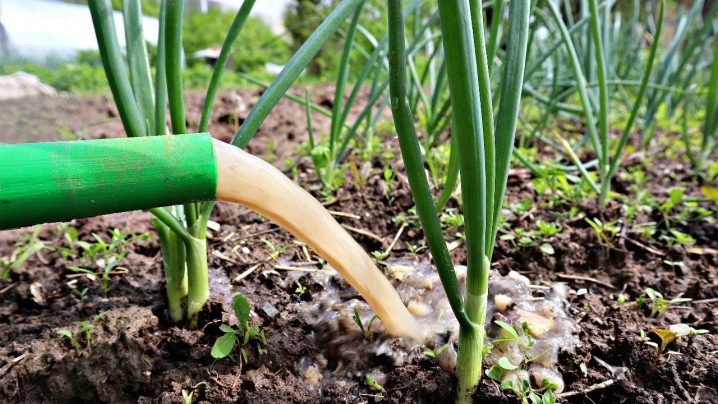
Since this culture is susceptible to downy mildew disease, it is necessary to carry out treatments for fungal diseases. This is done during the period when the feather grows by 15 cm, using copper preparations for this. In addition, good results are obtained by treating the beds with ash, tobacco dust, and makhorka.
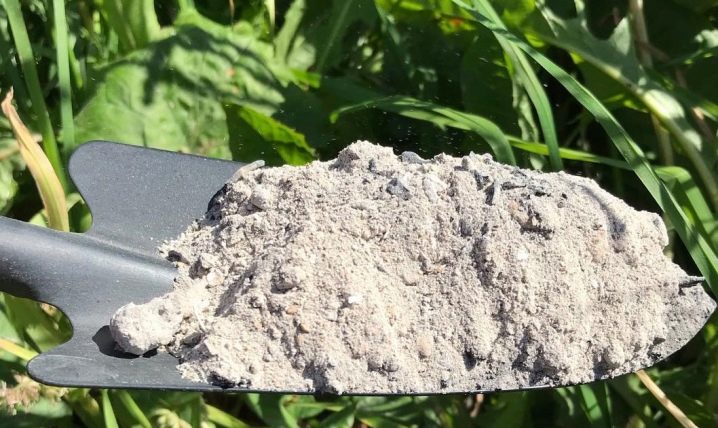













The comment was sent successfully.